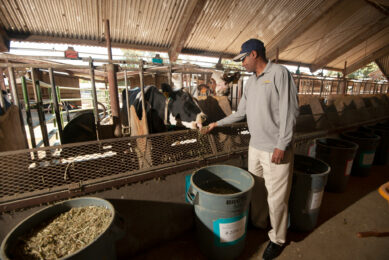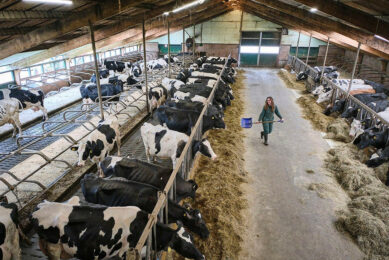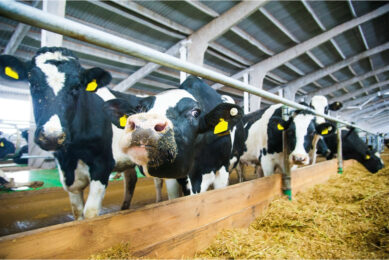Mycotoxins: An emerging risk to ruminants
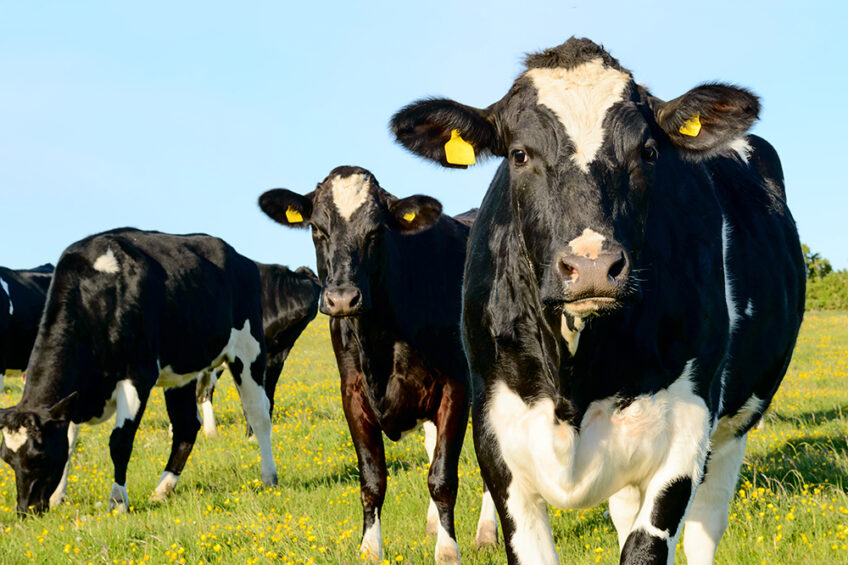
Mycotoxins, in large doses, can be the primary agent causing acute health or production problems in a dairy herd. Feed and crop management is vital to control mycotoxin contamination in feed given to lactating cows, heifers and especially calves.
The dairy industry is an important part of international economy, and it plays a significant role in providing high quality food for human beings. According to Food and Agriculture Organization of the United Nations, dairy industry contributes up to 46.8% in the agriculture and milk and dairy products account for about 14% of global agricultural trade.
Feed is one of the largest costs in the dairy industry and low-quality feed and naturally occurring toxic contamination in feedstuffs (e.g., mycotoxins) can adversely affect dairy cattle performance and health and causes serious economic issues. The economic impact occurs through the direct market costs associated with lost trade or reduced revenues due to the rejection of contaminated animal products, reduced productivity, death of the animals especially calves which are more sensitive, and increased cost of treatment and mycotoxin mitigation.
What are mycotoxins?
Mycotoxins are toxic secondary metabolites produced by fungi and cause mycotoxicosis in exposed animals. Exposure is usually by consumption of contaminated feeds, contact or inhalation. Fungi that can produce mycotoxins grow on numerous feedstuffs such as cereals, dried fruits, nuts, and spices. Fungi growth can occur either before or after harvest, and during storage under warm, damp, and humid conditions. Most mycotoxins are chemically stable and survive food processing. After consuming contaminated feed, animals show a variety of clinical signs. Clinical signs of major mycotoxins in lactating cows, heifers, and calves are summarised in Table 1.
Major mycotoxins
Several different mycotoxins have been identified, but the most observed mycotoxins that present a concern to dairy cattle health include aflatoxins, deoxynivalenol, fumonisins, ochratoxin A, zearalenone, T-2 toxin and ergot alkaloids.
Aflatoxin
Aflatoxin is a mycotoxin produced by fungi species of Aspergillus and more rarely Penicillium and it contaminates corn, peanuts, rice, sorghum, sunflower seeds, tree nuts, and wheat. Aflatoxicosis is an acute or chronicle mycotoxicosis produced by aflatoxins.
Naturally, ruminants seem to be more resistant to the action of aflatoxins compared to other species of animals.
Deoxynivalenol
Deoxynivalenol or vomitoxin is a mycotoxin developed by fungi species of Fusarium which contaminate corn and other small grains such as wheat, barley, and oats.
Ruminants can typically transform the toxin into a less toxic product as it passes through their digestive tract due to their rumen microbes.
Fumonisins
Fumonisins are a group of mycotoxins derived from several fungi species of Fusarium which contaminate corn silage. Fumonisins are not significantly degraded in the rumen and therefore the majority of fumonisins consumed by cattle are passed out in the faeces.
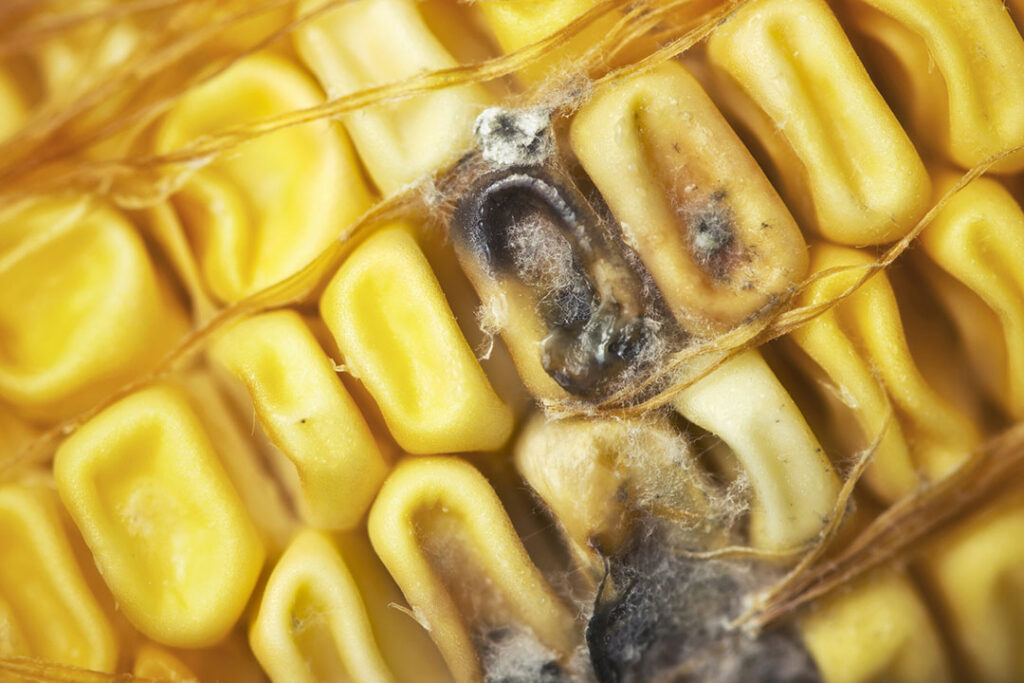
Ochratoxin A
Ochratoxins are compounds developed by fungi species of Penicillium and Aspergillus which contaminate cereal grain, vegetables, and combined forage.
Ochratoxicosis is an acute or chronicle mycotoxicosis produced by ochratoxins and it is rarely reported in cattle which is attributed to the ability of the rumen microbiota to easily degrade ochratoxin to non-toxic forms.
Zearalenone
Zearalenone is a mycotoxin produced by fungi species of the Fusarium. Zearalenone is heat-stable and is found worldwide in several cereal crops, such as maize, barley, oats, wheat, rice, and sorghum.
T-2 toxin
T-2 toxin has a similar chemical structure to deoxynivalenol, and it is developed by fungi species of Fusarium which contaminates grains such as corn, barley, wheat, and oat. Effects of T-2 toxin are less well established in cattle than in laboratory animals.
Ergot alkaloids
Ergot alkaloids are mycotoxins produced by fungi species of Claviceps which is found in cereal crops and small grains such as barley and rye. Intoxication with ergot alkaloids results in the syndromes of ergotism, which is more common in dairy cattle.
Recommended maximum concentration levels of major mycotoxins in lactating cows, heifers, and calves are presented in Table 2.
How to minimise the risk from mycotoxins?
Feed contamination with mycotoxins is a persistent problem affecting food safety and security, and performance, and health of dairy cattle. There are two strategies to reduce the negative impact of mycotoxins in dairy industry.
- Pre-harvest approaches such as breeding resistant cultivars, using microorganism chemical control, and of plant stressors management are aimed at preventing the fungal contamination in the field.
- Post-harvest approaches such as temperature and humidity control, modified atmosphere treatment, heat treatment, acid and/or alkaline treatment and control by chemical antifungal agents are applied to the harvested products during harvesting, processing, and storage to prevent, reduce or eliminate the mycotoxin contamination.
Multifactoral approach works best
Mycotoxins are prevalent in feedstuffs, and they affect dairy cattle performance, and health in many ways. Therefore, feed and crop management are critical to reduce mycotoxin contamination. Most mycotoxin mitigation approaches have limitations in terms of specificity to fungi and food matrices. Therefore, combinations of approaches may offer an integrated management strategy to target multiple microorganisms in various matrices.



